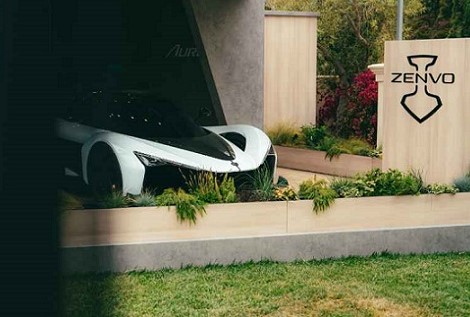Kyoto, the former ancient capital of Japan, is widely known for its rich history and vibrant culture. It is therefore not surprising that the annual Jidai Matsuri festival, which commemorates the relocation of the Japanese capital from Kyoto to Tokyo in the nineteenth century, is one of the city's most anticipated and celebrated events.
Taking place each year on 22 October, Jidai Matsuri, also known as the "Festival of the Ages," brings locals and visitors together in an incredible extravaganza honouring the city's historical ties to the Emperor and ancient Japanese culture. Kyoto Convention and Visitors Bureau (KCVB) is therefore encouraging all travellers with plans to visit the city this October, to add this special day to their itinerary.
The festival's origins lie in the Meiji Restoration of 1868, whereby the Emperor of Japan and the Imperial family, the Imperial Palace and thousands of government officials and subjects were transferred to the new capital city of Tokyo. The day is most known presently for the Jidai Gyoretsu – the highly atmospheric historic pageant.
Proceedings begin with crowds paying homage to the portable shrines (known as mikoshi), which are brought out in front of the Kyoto Imperial Palace. This remarkable ceremony is followed by an astonishing five hour procession through the city, where crowds can delight in the incredible scenes of 2,000 participants parading through the streets. Revellers are dressed in complex and striking period costume, which are reproduced with the quintessence of Kyoto's traditional handicraft techniques, and tend to plan their authentic dress to symbolise a particular era in history. Some go one step further by wearing attire that emulates a notable character from the past. Among the colourful crowds, people dressed as samurai, geiko, military figures and peasants from the most ancient eras to the Meiji era can be spotted, together bringing alive a true sense of Kyoto tradition.
The parade covers over four kilometres of the Kyoto landscape and fills the whole afternoon, towards the end of which women dressed in jūnihitoe, the most intricate twelve-layered kimono, adorn the streets with their grace and beauty. To end the celebrations, the mikoshi, which represent both Emperor Kanmu and Emperor Kōmei, are carried to the final landmark at the Heian Shrine. The day is not to be missed by visitors wishing to learn more about Japan and the country's rich chronological changes in dress, culture and customs.
















